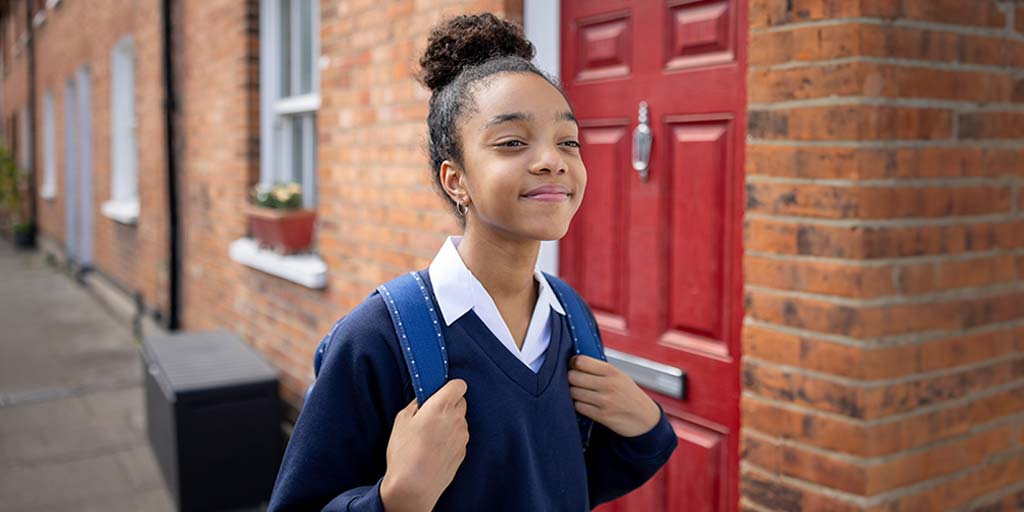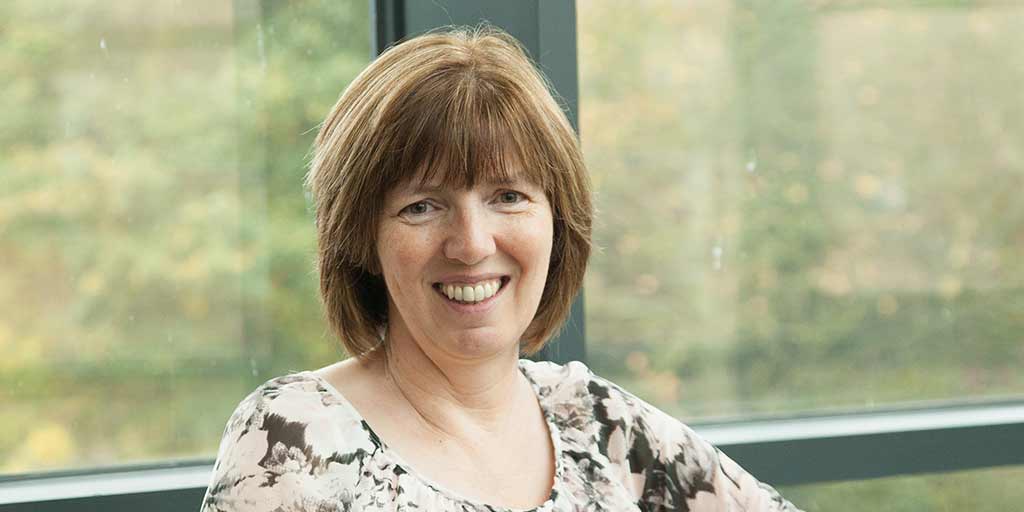ABC’s of CEM
We are starting the year off by going back to basics and looking at what our assessments are all about. When we were pulling this together we...

Login | Support | Contact us
Cambridge Insight : Feb 3, 2021 10:55:00 AM
3 min read

"Effective early years is the game changer."
– Lydia Cuddy Gibbs, Head of Early Years, Ark
On day one of reception, teachers are exposed to the unknown. Each child will have a different yearning for the start of school – some excited and prepared, others anxious or sad to be away from their home. The diversity of life and learning experiences guided by family members, carers and pre-school teachers will have shaped the character and skills of each individual in a unique way. It is the teacher’s role to quickly capture and understand this range of differences, identify a starting point for each child and help them settle in with personalised support.
The impact the first year of school can have on child development and educational success is also unique. Research shows that at this stage of growth, development is most elastic, therefore interventions implemented in this period have a long-lasting and cost-effective impact. A longitudinal study revealed that being in an effective class in the first year of school, when the children were aged 4-5 years, was significantly related to later attainment at age 16.
Evidence of child performance provided by teacher assessments, baseline assessments and day-to-day classroom interactions have a strong role to play in informing effective practice.
It is important to note that baseline assessments should not replace observational methods, but instead work in tandem to inform actionable plans for teachers.
Data-collection is inert and a burden if it is not translated into actionable plans. Understanding the findings from the data allows teachers to inform their practice and deliver change management.
Teachers know their children best. Often, the baseline data is a reflection of what an experienced early years teacher discovers through their own observational assessments so there are no surprises. For teachers just starting out in the early years, the baseline data is a helping hand in supporting and developing their confidence in their own judgements.
Baseline assessments can reveal hidden talents, and stars in the classroom. The quiet child at the back of the classroom may be your strongest reader or the confident, talkative child may not have the vocabulary range you may expect. This does not always become apparent straight away as it takes time to develop relationships.
By assessing each child individually, teachers can more effectively align resources to particular needs right from the start.
– Lydia Cuddy-Gibbs
Involvement from parents and carers also has a long-lasting impact on a child’s educational journey. By championing this partnership, teachers can share the successes of the children, and build the support network needed to nurture a child’s engagement at school.
Through parent meetings, ad-hoc catch ups or stay-and-play, parents can also acknowledge any areas which could be further developed at home. This is a useful resource for helping teachers put plans in place to further support learning outcomes and progression during the early years.
An effective first year stays with children throughout their academic lives, giving them the best chance to succeed and achieve their full potential.
Lydia Cuddy-Gibbs, Head of EYFS, uses the 4 main elements discussed above across the Ark network, to provide effective early years teaching. The factors embedded into teaching practice allowed 80% of Reception students to achieve a good level of attainment by the end of first year, compared to 71% which is the national average.

We are starting the year off by going back to basics and looking at what our assessments are all about. When we were pulling this together we...

The transition from Year 6 to Year 7 is a significant milestone for students and their parents. It highlights the process of growth, discovery and...

Children who are inattentive, hyperactive or impulsive are likely to benefit from an environment which is well structured and predictable. It is good...